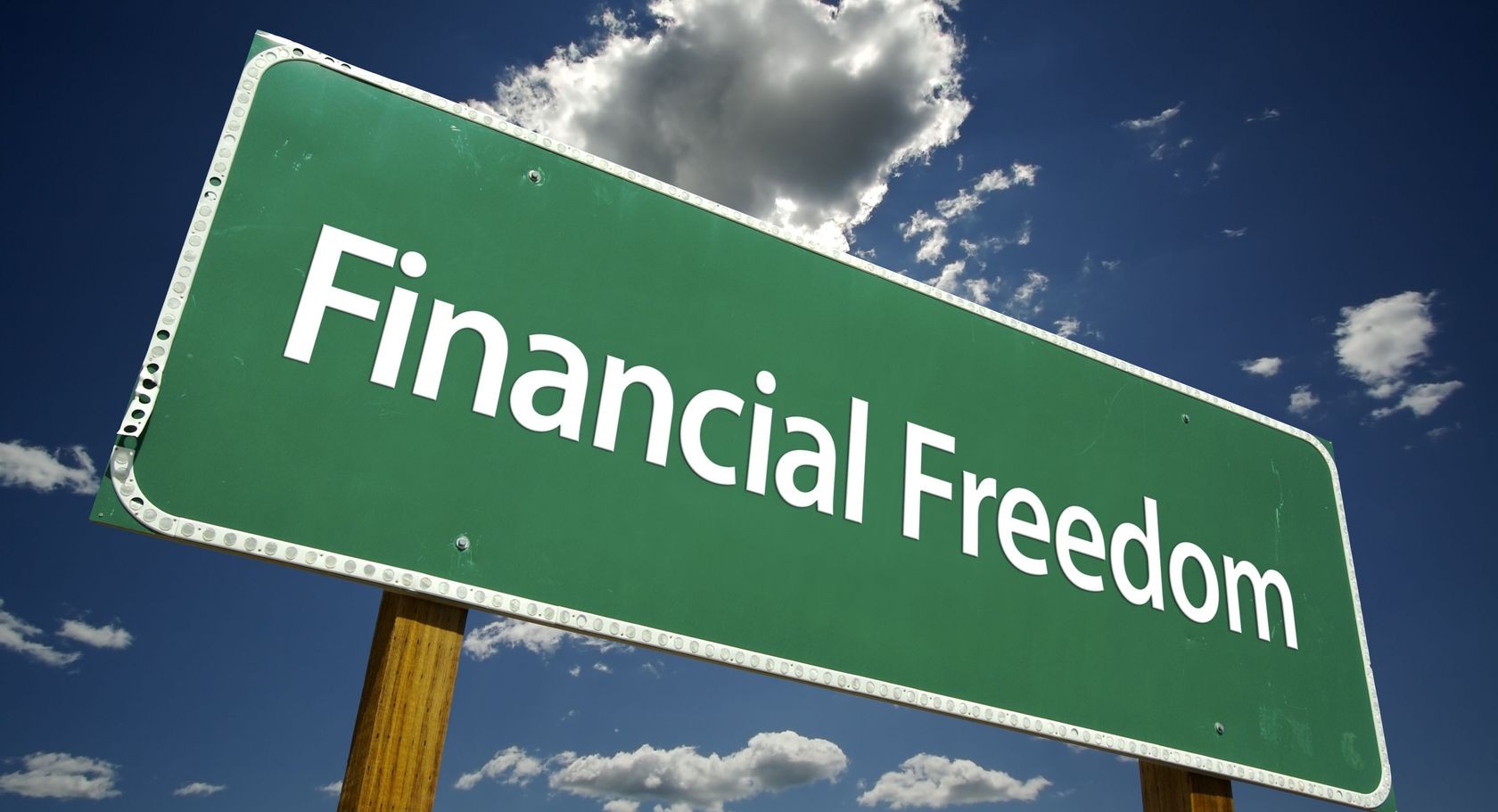
One of the things I love doing is helping people find financial freedom. So many people are living in hopelessness and don’t know how to make things change. One of the things that we are slaves to in this country is debt and financial instability. Financial concepts are not taught in schools anymore (with the exception of 4 states) so we grow up not knowing the things that will help us out in life. For example, how many of you know what the rule of 72 is? Some of you do, most of you probably don’t. I didn’t know it until I got into financial services as my career. The rule of 72 states that you take the interest rate you are earning and divide it into 72. That will tell you how many years it will take for your money to double. The higher the interest rate, the more times it will double before you retire. The more times it doubles, the better off you will be at retirement. Here are a few quick tips and steps to getting you on the road to financial freedom:
- Budget: Even a simple budget on a piece of paper is better than nothing. But you have to be diligent with it. You have to do the budget every month and discuss it with your spouse. It can’t be fuzzy math. Fuzzy math has gotten my family in trouble more times than I can count. Pay cash for as much as you can and stick as tightly to the budget each month as you can. Things happen, which is why until you have a fully funded emergency fund, you have to be prepared for incidentals. Your budget should equal zero at the end. That means you are telling every dollar where to go, rather than wondering where it went. When you input your income and all of your expenses, you should have zero left over. Any leftover should go into the saving box.
- Pay Yourself First: This is pure psychology. When I describe it to you, you’re going to think, “how can that possibly work?” I thought the same thing, but believe me, it does. You have to do it right though. Most people, when they get paid, put their money into their checking account. They then pay all of their bills out of that account. When they are done paying the bills, if there is any left over, they figure that is extra money for either fun or for buying that thing they were thinking about buying but weren’t sure if they had the money. Then something happens and they need money to pay for a car repair or something else and they are out of money. Here’s how paying yourself first works. When you get paid, you put your paycheck into your savings account. Then you transfer only what you need to pay for your expenses (see Budget above) into your checking account and pay for those expenses from there. Whatever is left over stays in your savings account. This allows your savings account to grow, slowly at first, but you will see the results. This will be difficult at first if you are paid twice a month or more. Until you build your savings to the point where you can transfer the full amount for your expenses into checking, you will have to transfer it a little at a time as it becomes available, using your budget to keep good track of how much you’ve transferred and how much you have left to transfer. It takes a lot of discipline, but it pays off in the end.
- Get out of debt: The dreaded D word, debt. It is possible to live debt free. It again just takes discipline (the other dreaded D word). One of the mistakes many people make is making minimum payments on credit cards (or any other loan for that matter). The credit card companies set those minimum payments in a way that is going to earn them a ton of money. Always pay more than the minimum payment on your credit card and work as hard as you can to pay it off. Once you have the credit card paid off, cut it up. You don’t need it. Work on paying cash for everything. Credit cards are nothing more than a really expensive loan. If you have more than one loan, snowball the debt. Basically that means that you pay the minimum payment on all but one of your debts. Pay as much as you can on that one debt until you pay it off. Once you pay it off, move on to the next debt and the entire amount that you were paying on the first one goes to paying off the second. Then you do the same for the third and so on. If you are $10,000 or more in debt, there are other options to help you pay those off. I won’t discuss those here, but if you need help with that you can contact me.
If you’re serious about finding financial freedom, we are here to help. These are three steps to get you started but there is more you can do once you’ve mastered these. Some of them are hard to understand from reading a blog. I can describe them to you better in person. Visit the contact us page for our information. I’ll do a FREE financial check up for you that will show you where you are and where you want to be and how to get there.
Until then, be blessed.

